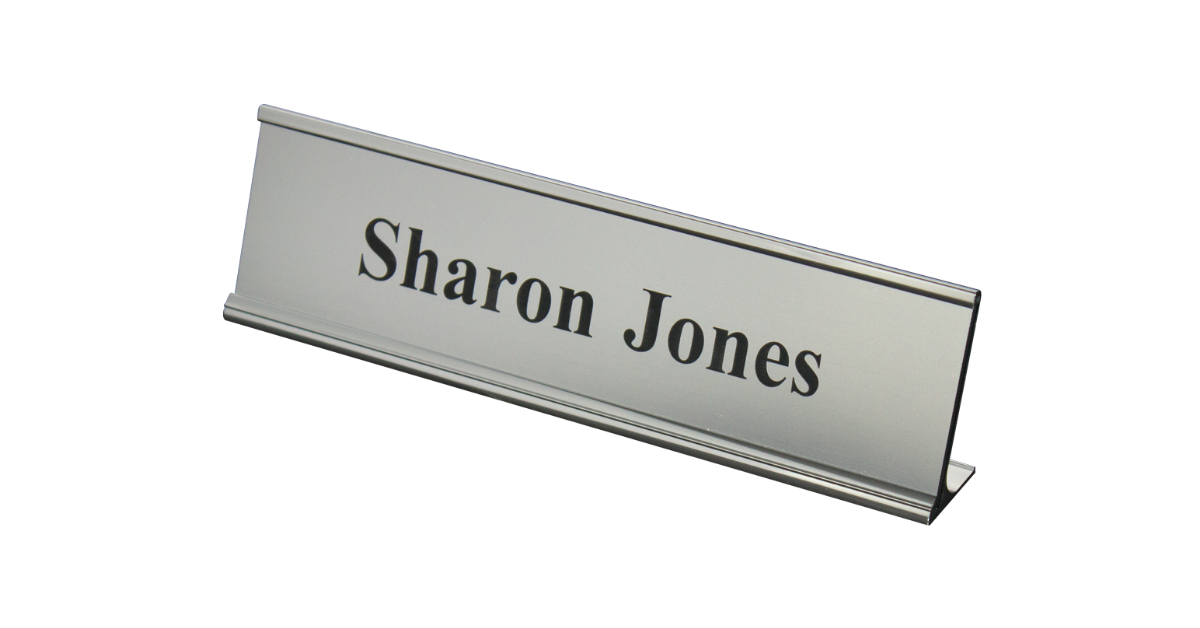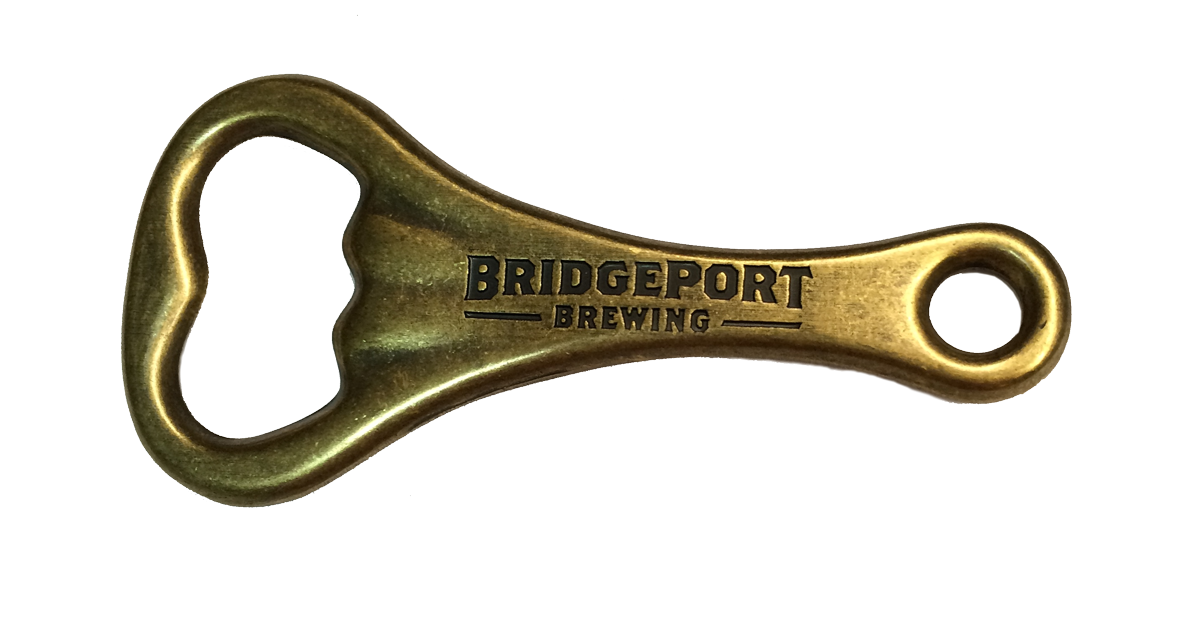People come across nameplates countless times, but never really give much thought to them. The visitors use nameplates to identify the owner of a particular space or property. A nameplate can be of wood, steel, plastic, or any of the other materials. Having a nameplate for your house is extremely important. It is imperative, therefore, that you treat it as a form of investment.
You must see your nameplate as an essential element of your house. Since this relates to your home, you can be as creative as you want. You’ll be installing nameplate at the front of your house, so it must definitely be attractive. Here are a few things that you need to remember while choosing a nameplate:
1. Door vs wall
The very first thing to remember is to consider the type of your house. If you’re staying in an independent villa or a farmhouse, it’ll certainly have a gate. So, you must decide whether to install the nameplate on the gate or on the wall. Here, the wall we’re referring to is the one beside the gate. If you’re living in an apartment, you can install the nameplate on the outer portion of the main door.
You can also install it on the wall beside the door. The size of the nameplate must also be according to the type of your home. If you’re residing in a villa, you can use a nameplate that’s big in size. If you’re living in an apartment, you can go with a small nameplate on the door.
2. Material
It would greatly depend on the cost and your preference when choosing the right material for your nameplate. Bronze looks elegant and beautiful. This makes it one of the most preferred materials when it comes to nameplates for homes. Installing a bronze plaque will give the wall or the door a classic look. You can also consider wood if you’re living in an apartment.
It has much protection from rain and direct sunlight. Thus, the wood will not suffer any damage due to weather. On the other hand, wood won’t be a good idea if you’re living in an independent house. It will come under direct exposure to sunlight and rain, damaging its quality. In recent times, you also have the option to choose a plastic nameplate.
3. Color of Nameplates
You must choose a color for your nameplate that goes well with the shade of the door or wall. According to the experts, the background must be clean with an excellent shade. The nameplate’s color must have a good contrast with the shade of its background. If you choose a transparent glass or acrylic nameplate, it must have greater visibility.
If the door or wall has a dark shade, the nameplate must be of a lighter color. For example, wooden doors of apartments originally have a dark or light brown shade. So, you must choose a light-colored or dark-colored name plate accordingly.
4. Nameplates Information
You certainly can’t overlook this part of the nameplate. It must have all the information required for visitors to identify your home. More importantly, all the information on it must be clearly visible. The minimum information that it needs to have is your name and the house or apartment number. If you’re living in an independent house and using a bigger nameplate, you can include additional information.


